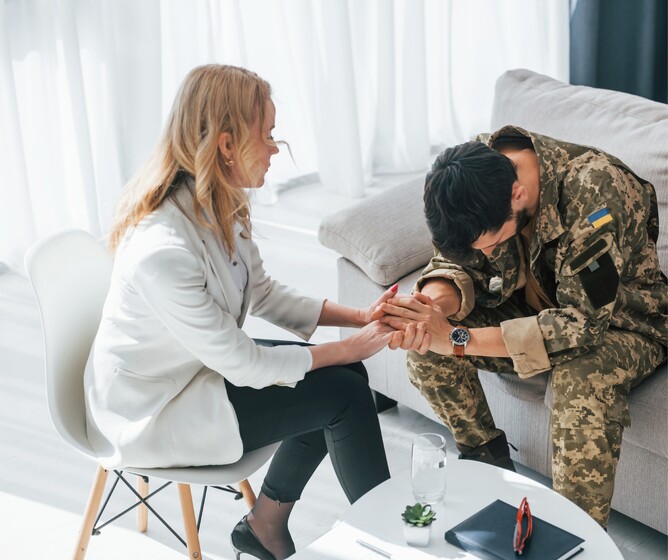Empowering Recovery: The Role of Therapy Assistants in Supporting Individuals with Generalized Anxiety Disorder
Generalized Anxiety Disorder (GAD) is a prevalent mental health condition characterized by excessive and persistent worry about various aspects of daily life. Individuals with GAD often find themselves overwhelmed by anxiety, which can lead to significant challenges in both personal and professional spheres. Managing GAD requires a comprehensive approach that often includes therapy, medication, and lifestyle changes. Therapy assistants play a crucial role in this multifaceted treatment plan, providing essential support to those struggling with GAD.
What is Generalized Anxiety Disorder (GAD)?
GAD is defined by chronic anxiety, exaggerated worry, and tension, even when there is little or nothing to provoke it. Unlike the occasional anxiety that everyone experiences, GAD is persistent and can interfere significantly with a person’s daily functioning. Common symptoms include restlessness, fatigue, difficulty concentrating, irritability, muscle tension, and sleep disturbances. These symptoms can be debilitating, making it hard for individuals to perform daily tasks, maintain relationships, or hold down a job. The constant state of worry and tension can also lead to physical health problems, such as headaches, gastrointestinal issues, and a weakened immune system.
The Role of Therapy Assistants In Supporting Individuals with GAD
Therapy for GAD can include various approaches, such as cognitive-behavioral therapy (CBT), exposure therapy, and relaxation techniques. Therapy assistants, working under the supervision of licensed therapists, provide invaluable support in these therapeutic interventions. Their role is to facilitate and enhance the treatment process, making therapy more effective and accessible.
Therapy assistants help teach relaxation techniques, such as deep breathing exercises, progressive muscle relaxation, and mindfulness meditation. These techniques can help individuals with GAD manage their anxiety symptoms and reduce overall stress levels. Additionally, therapy assistants can assist with exposure therapy, a method that gradually exposes individuals to anxiety-provoking situations in a controlled and safe manner. By doing so, they help clients build resilience and reduce their fear responses over time.
Providing support and encouragement is another vital aspect of a therapy assistant’s role. Individuals with GAD often benefit from having someone who can offer consistent and compassionate support. Therapy assistants help clients stay motivated and focused on their treatment goals. They also assist with goal setting and progress monitoring, ensuring that clients are on track and making meaningful strides in their recovery journey.
Benefits of Working with a Therapy Assistant
The addition of a therapy assistant to a treatment team offers numerous benefits. Firstly, therapy assistants can make therapy more accessible and affordable. By providing supplementary support, they allow therapists to extend their reach and help more clients. This can be particularly beneficial in settings where there is a shortage of licensed therapists or where therapy costs can be prohibitive.
Therapy assistants also enhance the therapeutic experience by providing additional layers of support and care. They help to reinforce therapeutic techniques and strategies, ensuring that clients can practice and apply these methods in their daily lives. The consistent presence of a therapy assistant can make a significant difference in the effectiveness of the treatment, leading to better outcomes for individuals with GAD.
Conclusion
Generalized Anxiety Disorder is a challenging condition that can significantly impact a person's quality of life. However, with the right support and treatment, individuals with GAD can learn to manage their symptoms and lead fulfilling lives. Therapy assistants play a crucial role in this process, providing essential support that complements the work of licensed therapists. By teaching relaxation techniques, assisting with exposure therapy, and offering ongoing encouragement, therapy assistants empower individuals with GAD to take control of their anxiety and work towards recovery. For those seeking more information on GAD and therapy, resources such as mental health organizations and therapy clinics can provide valuable guidance and support.
At Holistic Strength, our dedicated therapy assistants are committed to empowering recovery and helping individuals achieve a better quality of life. Through personalized care and collaborative efforts, we strive to provide the best possible support for our clients, ensuring they have the tools and resources needed to manage their anxiety effectively.
